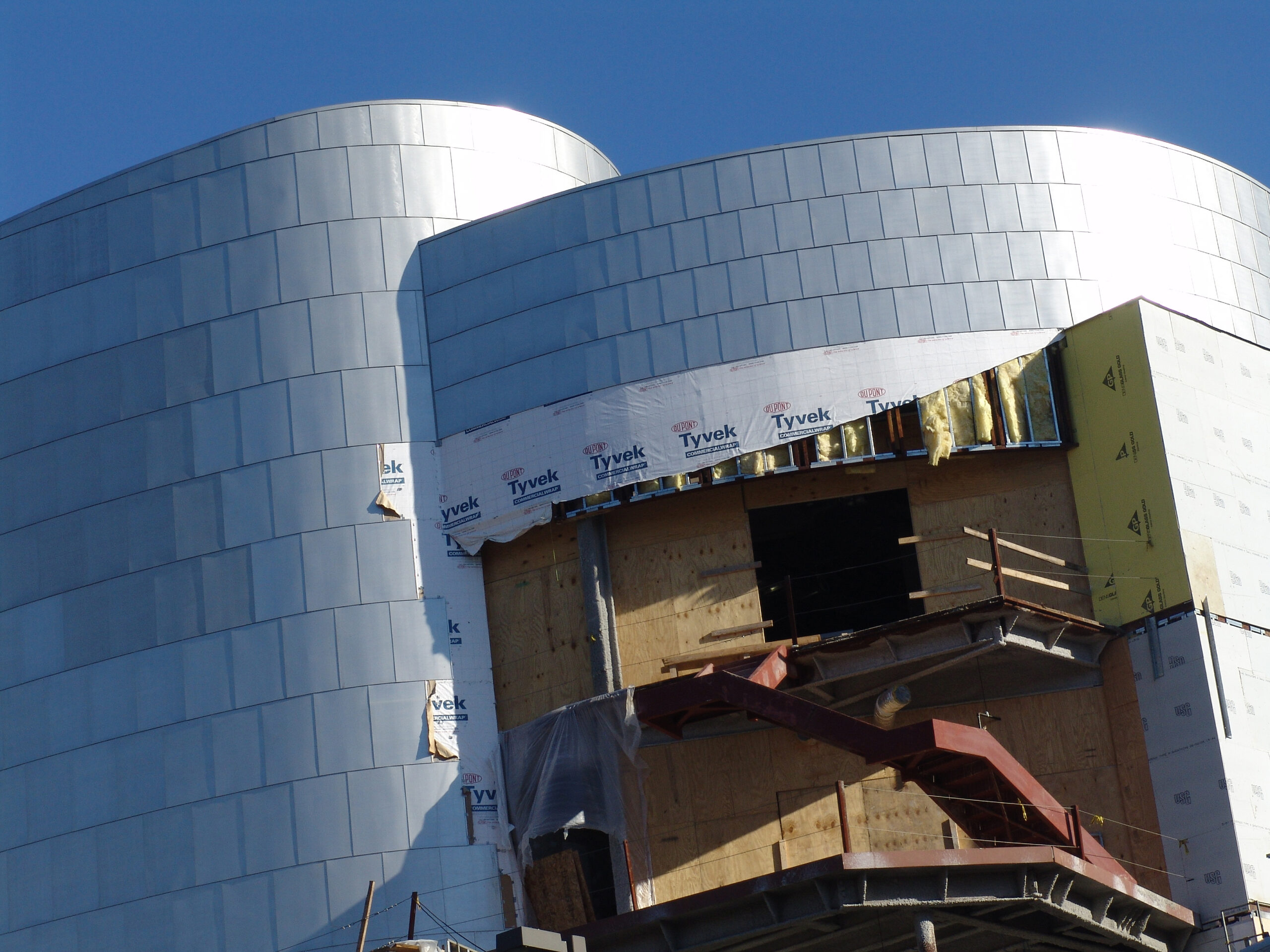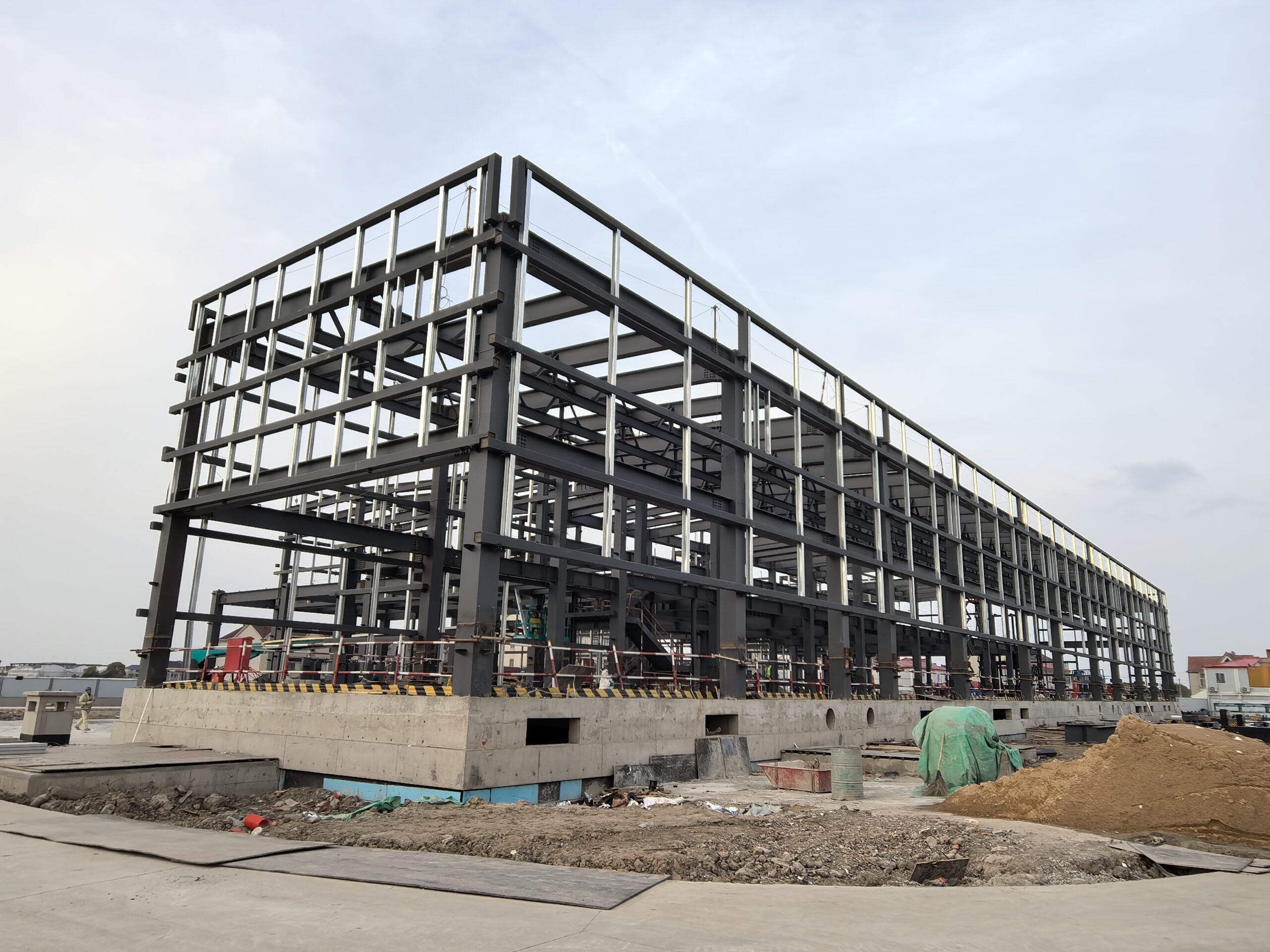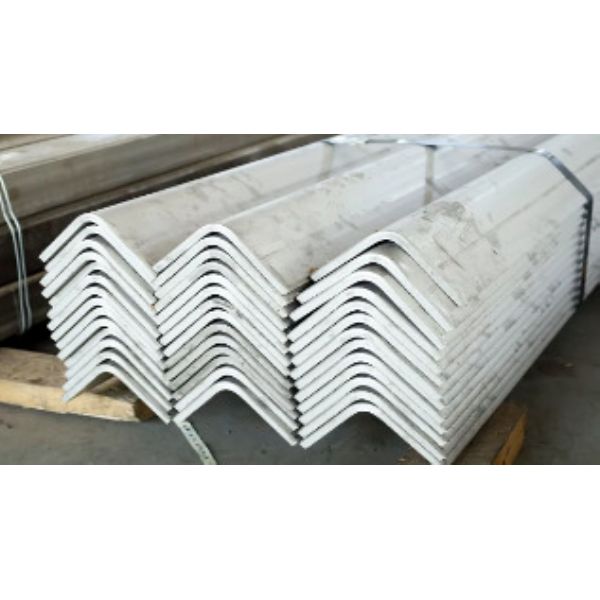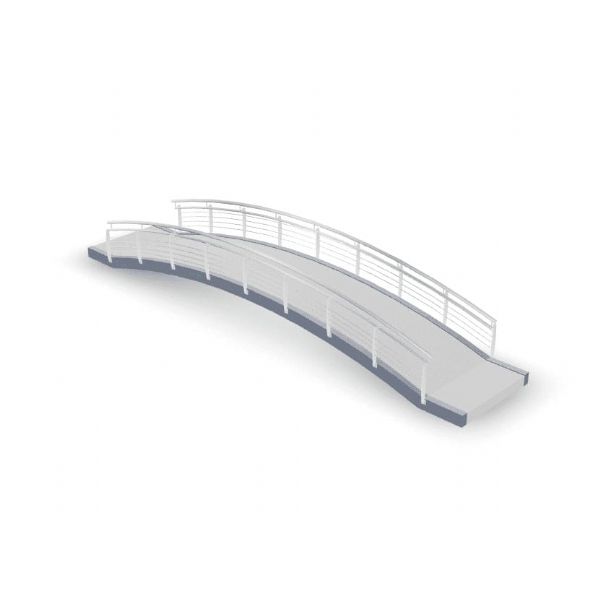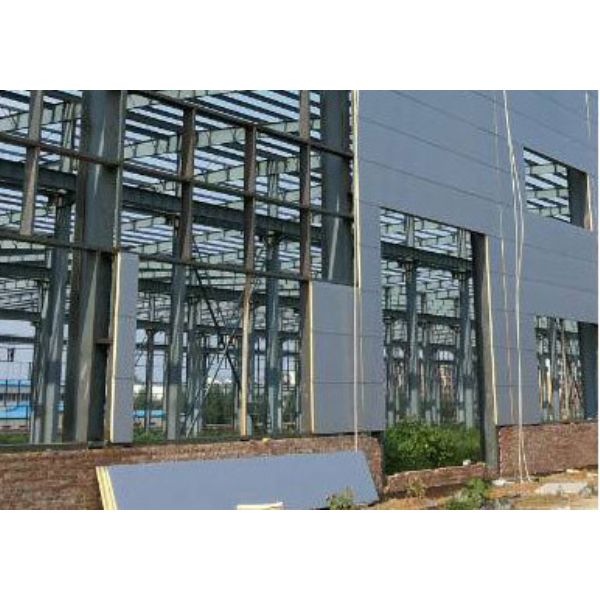Effective steel structure building insulation is essential for achieving optimal thermal performance, reducing energy costs, and ensuring long-term comfort and durability. Unlike concrete or brick structures, steel has high thermal conductivity, which means it transfers heat and cold rapidly through its framing components. Without proper insulation, a steel building can become unbearably hot during summer and uncomfortably cold in winter. Therefore, high-quality steel structure building insulation becomes a critical factor in modern engineering design, construction efficiency, and sustainability.
Beyond temperature regulation, steel structure building insulation also improves indoor air quality, reduces condensation, and protects against corrosion. It supports green building standards, lowers carbon emissions, and extends the service life of the structure. For industries such as warehousing, manufacturing, logistics, and agriculture, well-designed insulation plays a direct role in maintaining production quality, preventing energy waste, and supporting environmental compliance. This article explores in detail the best ways to design, select, and install insulation systems for steel buildings.
Why Insulation Matters in Steel Structure Building
Thermal Regulation and Energy Savings
Steel frames are efficient load-bearing materials but poor thermal insulators. Heat easily passes through uninsulated steel members, creating thermal bridges that compromise indoor comfort. By implementing effective steel structure building insulation, you can stabilize indoor temperatures, lower HVAC loads, and reduce annual energy consumption by up to 40%. Insulation helps trap warm air in winter and reflect external heat in summer, maintaining a consistent environment throughout the year. This thermal balance not only saves electricity but also enhances the performance of mechanical systems, allowing smaller HVAC units to function more efficiently.
Condensation Prevention and Moisture Control
Condensation is one of the most common problems in steel buildings. When warm, moist air meets cold steel surfaces, it produces water droplets that can corrode structural members, degrade finishes, and promote mold growth. Proper steel structure building insulation with vapor barriers prevents this by maintaining surface temperatures above the dew point. Insulation materials such as polyurethane foam or mineral wool act as both thermal and moisture barriers, ensuring a dry and durable structure that resists rust and biological deterioration.
Soundproofing and Interior Comfort
Noise control is another major benefit of steel structure building insulation. Industrial plants, logistics centers, or gymnasiums often face high noise levels from equipment, vehicles, or echoes within large open spaces. Using acoustic insulation such as rock wool or fiberglass helps absorb vibrations and sound waves, creating a quieter and more comfortable interior. This enhances the productivity and well-being of workers while improving the overall quality of the building environment.
Key Factors to Consider Before Insulating

Building Usage and Climate Zone
Every project requires a tailored steel structure building insulation approach depending on its function and geographic conditions. A cold-climate warehouse in northern China demands a thicker insulation layer with a higher R-value, whereas a tropical workshop in Indonesia requires reflective and breathable materials that control heat gain. Consider factors such as occupancy patterns, indoor humidity levels, and temperature variations when deciding insulation thickness and type. Proper climate analysis leads to better comfort, energy savings, and material longevity.
Type of Roof and Wall Panels
The thermal performance of steel structure building insulation is directly linked to the roof and wall design. Single-skin metal panels require double-layer insulation with vapor barriers, while sandwich panels integrate insulation within their cores, providing consistent performance. Roof pitch, panel color, and coating type also influence heat absorption. Light-colored coatings reflect solar radiation and reduce surface temperature, while darker finishes may need thicker insulation layers.
Local Energy Codes and Compliance
Energy codes and building standards provide guidance on the minimum R-values and safety ratings required for steel structure building insulation. Compliance ensures safety, sustainability, and eligibility for government incentives. Always check local regulations, especially concerning fire resistance, smoke production, and thermal bridging control. Following these standards reduces environmental impact and guarantees certification readiness for LEED, BREEAM, or national green building labels.
Popular Insulation Materials for Steel Buildings
Glass Wool (Fiberglass)
Glass wool is one of the most cost-effective and commonly used materials for steel structure building insulation. Made from spun glass fibers, it provides excellent thermal resistance, fire safety, and acoustic absorption. Glass wool is lightweight, easy to install, and available in blanket or roll form, making it ideal for roofing and wall systems in factories, warehouses, and office buildings.
Rock Wool (Mineral Wool)
Rock wool is produced from natural basalt or diabase stones melted and spun into fibers. It has superior fire resistance and sound absorption compared to fiberglass. In humid or high-temperature environments, rock wool maintains its shape and performance, making it a preferred choice for industrial plants or boiler rooms that require reliable steel structure building insulation.
Polyurethane (PU) and Polyisocyanurate (PIR)
PU and PIR rigid foam panels offer extremely high R-values with minimal thickness. They provide both structural rigidity and excellent steel structure building insulation properties. These materials are typically used in prefabricated sandwich panels for roofs and walls. Their closed-cell structure prevents moisture absorption, ensuring long-term performance and minimal maintenance.
Spray Foam Insulation
Spray polyurethane foam (SPF) is a modern and highly effective option for steel structure building insulation. It expands upon application, forming a seamless layer that seals air leaks, fills voids, and prevents thermal bridging. Its strong adhesion to steel surfaces makes it particularly useful for retrofitting old buildings or insulating irregular geometries. SPF provides both insulation and air-tightness in a single system.
Reflective Foil and Vapor Barriers
Reflective foil insulation works by reflecting radiant heat away from the building envelope, a valuable feature in hot climates. When combined with vapor barriers, it prevents condensation and maintains consistent humidity control. Reflective layers are commonly integrated under roof sheets or within wall assemblies to enhance the performance of other steel structure building insulation systems.
Insulation Techniques for Different Building Areas
Roof Insulation Methods
The roof is the most critical area for steel structure building insulation because it experiences the highest solar radiation and heat transfer. Techniques include installing fiberglass blankets between purlins, using PU or PIR sandwich roof panels, or applying spray foam beneath the metal deck. Proper ventilation, reflective coatings, and vapor barriers further enhance roof performance and extend service life.
Wall Insulation Options
For walls, designers can choose from internal lining insulation, cavity-fill systems, or external composite claddings. Sandwich wall panels incorporating PU or PIR cores deliver exceptional steel structure building insulation efficiency with sleek aesthetics and rapid installation. Internal liner systems with glass wool or rock wool provide flexibility for maintenance and future upgrades.
Floor and Foundation Insulation
While often overlooked, floor insulation contributes significantly to thermal comfort. Placing rigid foam boards or extruded polystyrene (XPS) beneath concrete slabs prevents heat loss through the ground and helps control condensation near foundation areas. In cold regions, this type of steel structure building insulation minimizes frost penetration and enhances occupant comfort.
Doors and Windows: Thermal Breaks and Seals
Doors and windows are potential weak points in the thermal envelope. Integrating thermal breaks and high-quality seals around frames ensures continuity of steel structure building insulation. Double-glazed units, insulated shutters, and proper weather stripping reduce air leakage, improving the building’s overall energy efficiency and acoustic performance.
Comparing Insulation Performance
R-Value and Thermal Resistance
The R-value quantifies the thermal resistance of a material. Higher R-values indicate better insulation efficiency. Comparing insulation materials for steel structure building insulation should focus on achieving the desired R-value per thickness while balancing weight and cost. For example, 100 mm PIR panels may offer similar performance to 150 mm fiberglass blankets, reducing wall thickness and structural load.
Moisture Resistance and Fire Ratings
In humid environments or near coastal areas, moisture resistance becomes a key factor. Materials used in steel structure building insulation must resist water absorption and corrosion. Additionally, fire safety standards require materials with non-combustible or fire-retardant properties. Rock wool and PIR panels typically meet Class A fire ratings, providing critical protection for occupants and assets.
Installation Complexity and Cost
The complexity of installing steel structure building insulation varies by system. Blanket insulation is simple and affordable but may require protective liners. Spray foam provides superior performance but demands skilled labor and specialized equipment. Evaluating installation cost, time, and maintenance needs ensures that the chosen method delivers both short- and long-term value.
Energy Efficiency and Cost Savings
Reducing HVAC Loads
An optimized steel structure building insulation system minimizes thermal transfer, allowing smaller HVAC units to maintain comfort with less effort. This reduces equipment wear, extends service life, and lowers operating expenses. Balanced airflow and temperature stability also improve indoor air quality and worker productivity.
Lowering Long-Term Utility Bills
Energy savings accumulate rapidly in well-insulated buildings. A factory with efficient steel structure building insulation may cut electricity costs by 25–40% annually. Over the lifespan of the facility, these savings often exceed initial installation costs, resulting in a strong return on investment. Moreover, consistent temperature control prevents product damage and operational downtime.
Government Incentives and Green Certifications
Many countries encourage energy-efficient construction through subsidies or tax benefits. Implementing certified steel structure building insulation systems can qualify projects for national or international green building incentives. LEED, BREEAM, and China’s Three-Star System all recognize insulation as a core sustainability measure. These credentials enhance corporate reputation and market competitiveness.
Best Practices for Installation
Choosing the Right Contractor or System
Selecting experienced installers ensures that steel structure building insulation performs as designed. Contractors familiar with steel framing understand the importance of continuous insulation, airtight sealing, and vapor control. Always verify technical qualifications, material certifications, and past project references before signing contracts.
Avoiding Thermal Bridges
Thermal bridges occur when conductive materials bypass insulation layers, allowing heat transfer through bolts, beams, or frames. Mitigating these paths with thermal spacers, double-layer systems, or continuous sheathing preserves the efficiency of steel structure building insulation. Regular inspections with infrared thermography can identify and correct weak points early.
Proper Sealing and Layering Techniques
Correct sequencing of materials—insulation, vapor barrier, air barrier, and liner—is essential. Gaps or overlaps compromise the thermal envelope. Professional installers ensure all joints are sealed with high-quality tapes and adhesives, maintaining airtight integrity. This meticulous process maximizes the effectiveness of steel structure building insulation throughout the building’s service life.
Common Mistakes to Avoid
Using Incompatible Materials
Not all insulation materials work harmoniously with steel. Certain foams or adhesives may react chemically, leading to corrosion or surface degradation. Always confirm compatibility and follow manufacturer guidelines when selecting steel structure building insulation systems.
Skipping Moisture and Vapor Control
Ignoring vapor barriers can cause condensation within wall cavities, accelerating corrosion and mold growth. Each steel structure building insulation layer should include adequate moisture protection, especially in humid or coastal regions. Using breathable membranes ensures that vapor escapes without letting water in.
Improper Application or Gaps in Coverage
Even the best materials fail if poorly installed. Voids, compression, or misaligned panels create cold bridges that drastically reduce the efficiency of steel structure building insulation. Routine inspections, quality control checks, and post-installation testing are vital to verify complete coverage.
Case Study: Insulated Steel Warehouse Project
Client Requirements and Climate Challenges
A logistics company in northern China required a 20,000 m² steel warehouse that could maintain internal temperatures between 15 °C and 25 °C despite outside variations from −20 °C to 38 °C. The design team focused on achieving superior steel structure building insulation performance while controlling operational costs and meeting fire-safety standards.
Insulation Solution Chosen
The final solution included 100 mm polyurethane (PU) sandwich wall panels and 120 mm polyisocyanurate (PIR) roof panels. A reflective vapor barrier was added below the roof deck to minimize radiant heat transfer. This system provided an average R-value of 6.0 m²·K/W—an ideal balance between cost and efficiency. The integration of structural framing and insulation layers ensured a continuous thermal envelope, demonstrating the full potential of modern steel structure building insulation technology.
Energy Savings After Completion
After completion, performance monitoring revealed a 35% reduction in annual heating and cooling costs compared to a conventional uninsulated facility. The stable indoor environment improved equipment reliability and reduced condensation on stored goods. The client reported higher energy efficiency, lower maintenance requirements, and extended lifespan of the facility—all attributable to the effective steel structure building insulation strategy.
In conclusion, steel structure building insulation is far more than an optional enhancement—it is a fundamental component of sustainable, cost-efficient, and high-performance construction. Properly designed insulation systems regulate temperature, prevent condensation, and ensure occupant comfort while lowering operational costs and carbon emissions. Whether for factories, warehouses, offices, or sports complexes, every project benefits from well-planned insulation solutions. By selecting the right materials, complying with standards, and ensuring professional installation, owners can achieve superior energy efficiency and structural longevity. Investing in quality steel structure building insulation today guarantees a durable, comfortable, and environmentally responsible building for decades to come.

